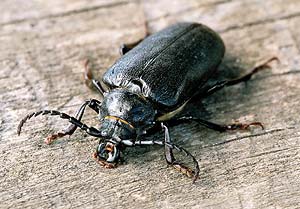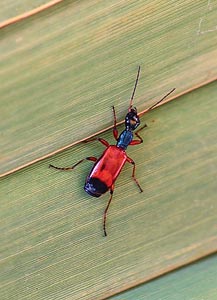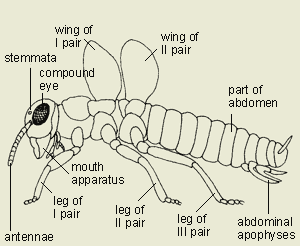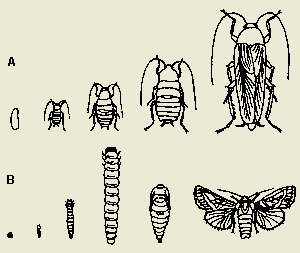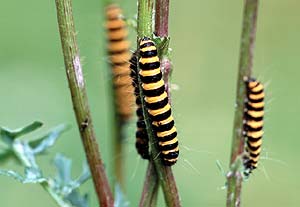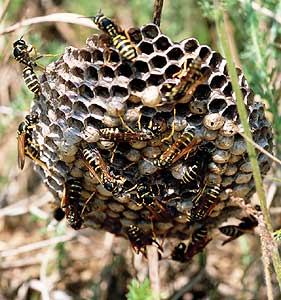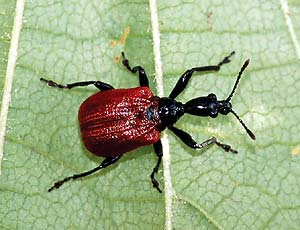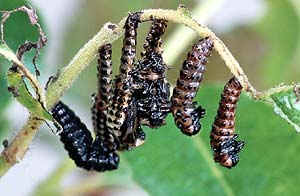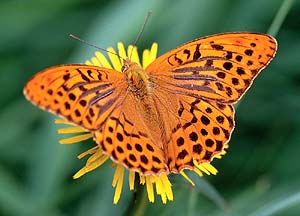|
TERRESTRIAL INSECTS
|
|||||||||||||
Text:
|
Overview
Insects are the largest group of animals, representing about three quarters of all the species described to date. About 1 million insect species have been described so far on our planet, and some 26 000 of them can be found in Poland.
Insects first appeared on Earth 350 million years ago and reached the peak of development in the Carboniferous period. They were the first animals to master active flight. We find them all over the world – from the Arctic Circle with temperatures falling below -40oC up to hot deserts with sand temperature reaching 65oC.
The largest insects now living measure up to 30 cm (e.g. the exotic stick insects and the Brazilian butterfly Thysania agrypina), whereas the largest beetles reach up to 20 cm in length (like the cerambycid Abgrocinus longimanus). The large-sized insects within our domestic entomofauna include the mole cricket (Gryllotalpa gryllotalpa), which may be 3.5 to 5.0 cm in length, the 5.0 cm long stag beetle (Lucanus cervus), and the prionus bark beetle (Prionus corarius) with a body length ranging from 2.5 to 4.5 cm. The smallest insects in the world measure about 0.25 mm. Like one of the Nosonella beetles, they are closer in size to trichogrammes (Trichogramma), also occurring in Poland, which may be only 0.25 to 0.33 mm in length.
The colouration of insects is either the result of pigments which can be found in the cuticle and in the cuticle products (like squamae and bristles), or the effect of the diffraction and interference phenomena (structural colour). Melanin in the cuticle produces a wide range of colours, from black and brown to yellow, whereas carotenoids yield orange and red. Green pigmentation comes from insectoverdine. The structural colour usually manifests itself as a blue, metallic lustre. The final appearance of an insect may well be the result of both structural colours and pigmentation.
As of the year 2003, more than 1 000 terrestrial insect species have been described in the Wigry National Park. The list is fairly incomplete, as many insect groups have yet to be studied. The relatively well-examined inhabitants of the park include ants, wild bees, wasps, hover flies, carabid beetles and butterflies.
|
||||||||||||
|
|
|
